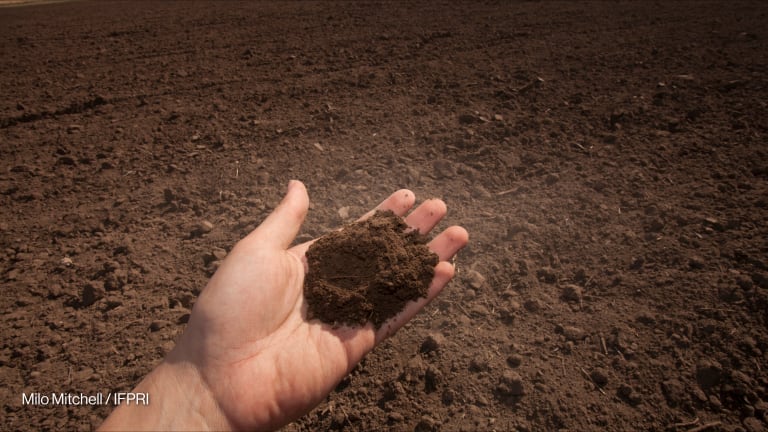When the world adopted the newest climate agreement during the United Nations climate change conference — or COP21 — in Paris, France, last December, an urgent warning was sounded: The effects of climate change will only worsen if nothing is done to address the problem.
And from the get go, most of the focus has been on the big numbers: restrictions on the global temperature increase should be way below 2 degrees Celsius (with 1.5 degrees Celsius as the target limit); climate financing needs may top $100 billion per year by 2020; and countries are now required to create detailed plans towards an emission-free future, among other key points in the 31-page document.
But the real effects of climate change, increasingly evident over the past couple of decades, remain most striking on the ground, where entire communities are washed out by extreme weather events — as witnessed in the Philippines during the destruction wrought by Typhoon Haiyan — and forced to evacuate, notably in Kiribati where the population of the Pacific island nation are at risk of becoming the world's first climate refugees due to rising sea levels.






